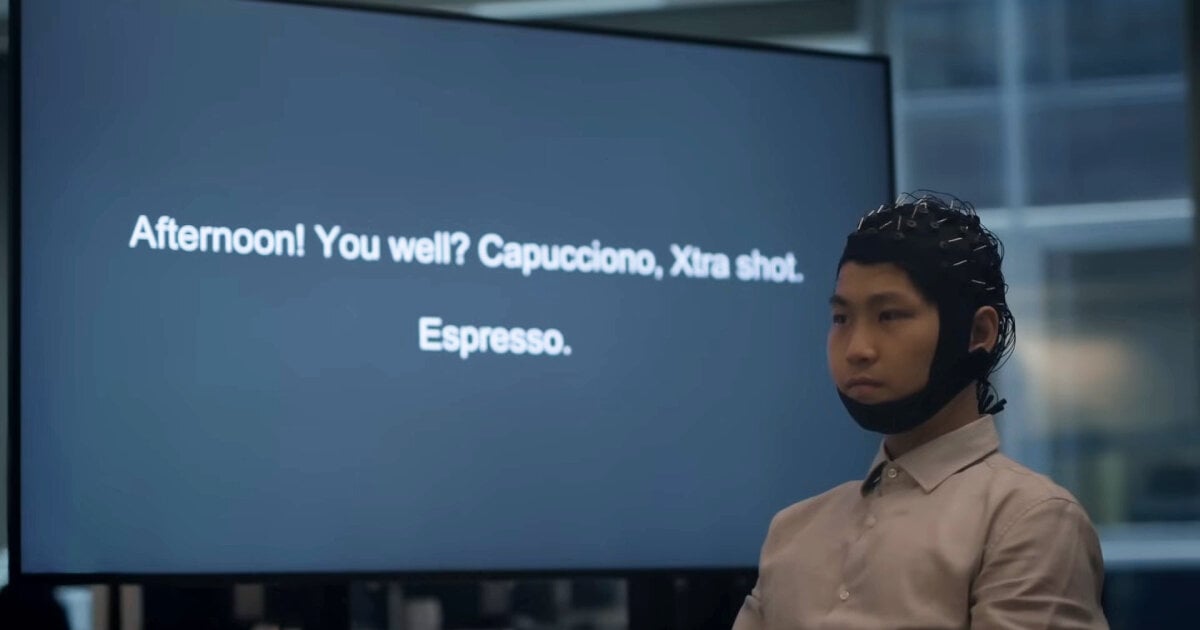Researchers from the GrapheneX-UTS Human-centric Artificial Intelligence Center at the University of Technology Sydney (UTS) have created a portable and non-invasive mind-reading AI hat known as BrainGPT. This innovative technology has the capability to interpret silent thoughts and translate them into readable text. The primary focus during the development of this wearable technology was to assist individuals who are unable to communicate verbally due to various health conditions like stroke or paralysis.
The masterminds behind the mind-reading AI hat project were Distinguished Professor CT Lin, the Director of the GrapheneX-UTS HAI Centre, along with Yiqun Duan and Jinzhou Zhou, the first author and a fellow PhD candidate from the UTS Faculty of Engineering and IT, respectively. Their experimentation involved 29 participants who wore the mind-reading AI hat while engaging with written passages. Through the use of an electroencephalogram (EEG), the wearable technology captured and translated the participants’ cognitive processes by monitoring their brain activity.
Innovative Wearable Technology Integrated with AI Model
Prior to the practical application of the mind-reading AI hat, the researchers developed an AI model named DeWave. This model aids in the conversion of EEG signals into coherent words and sentences, drawing insights from a vast pool of EEG data. DeWave serves as the fundamental framework for BrainGPT, distinguishing it from Elon Musk’s Neuralink by eliminating the need for brain implants. The researchers emphasize that their device is user-friendly, non-invasive, and adaptable for daily use.

BrainGPT utilized EEG signals to interpret the participants’ thoughts and readings.
Moreover, the mind-reading AI hat operates independently without the necessity of supplementary tools like eye-tracking. Users can effortlessly utilize BrainGPT by simply wearing it, initiating a seamless thinking process. Acknowledging potential signal interference or background noise, the researchers highlighted that the device may produce slight static sounds. While the performance of the mind-reading AI hat successfully decodes the silent thoughts of the study participants, the researchers acknowledged a current limitation where the model is more proficient in matching verbs than nouns.

The EEG signals from the participants’ scalp were translated into textual content.
Enhancing Translation Accuracy to 90 percent
According to Researcher Yiqun Duan, the translation accuracy of BrainGPT primarily focuses on synonymous pairs rather than precise word translations, such as substituting ‘the man’ for ‘the author.’ This choice is attributed to the brain’s semantic processing, where similar words elicit comparable brain wave patterns. Despite the inherent challenges, BrainGPT exhibited meaningful outcomes during the study, achieving a translation accuracy score of approximately 40 percent on BLEU-1. The researchers are diligently working towards enhancing the mind-reading AI hat’s accuracy to a level comparable to conventional language translation or speech recognition programs, aiming for a 90 percent accuracy rate.

The initial development phase involved coding the DeWave AI model to convert EEG signals into textual content.
Professor Lin emphasized that their BrainGPT project represents a groundbreaking advancement in translating raw EEG signals directly into language, marking a significant milestone in the field. He highlighted the innovative incorporation of discrete encoding techniques in the brain-to-text translation process, introducing a novel approach to neural decoding. The integration of large language models is propelling advancements in neuroscience and AI, expanding the horizons of research in these domains. The study was recognized as a spotlight paper at the NeurIPS conference, a prestigious event showcasing cutting-edge research in artificial intelligence and machine learning, hosted in New Orleans in 2023.






